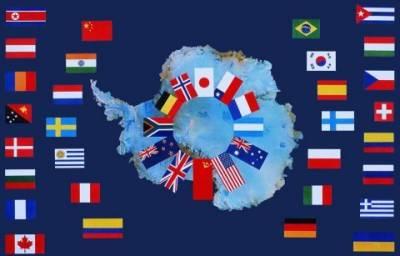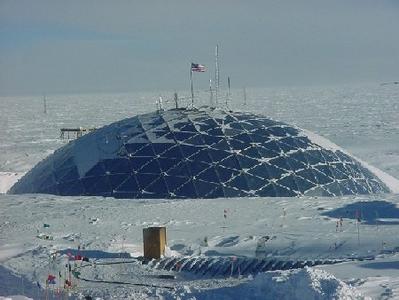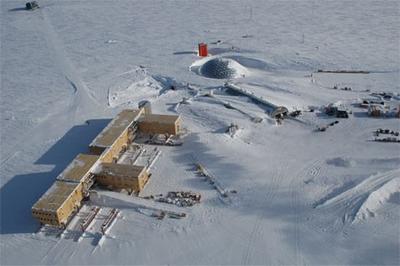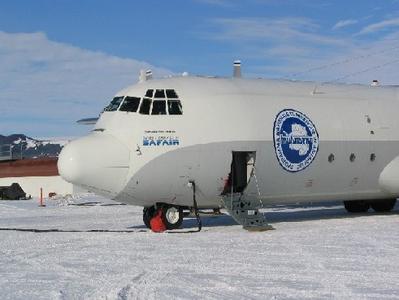2 December, 2004
Who owns Antarctica?
Nobody owns Antarctica, however, seven nations claim parts of Antarctica. The United States does not have a claim, but it certainly has the largest presence with McMurdo Station being the largest research station in Antarctica. The U.S. maintains two other land-based research stations, including the only one at the South Pole, Amundsen-Scott Station. Also, the U.S. operates two research ships in Antarctic waters, the Laurence M, Gould and the Nathanial B. Palmer. The U.S. Antarctic Program is by far the largest in Antarctica.
The Antarctic Treaty reserves the region for peaceful purposes and scientific study. Forty-four countries have signed the treaty. Among other things, it bans mining, and it prohibits nuclear explosions and disposal of radioactive waste. It permits inspection of research stations by other nations and encourages international cooperation in scientific research. Under the treaty, people from any nation are free to go where they like in Antarctica, but they must follow the environmental rules outlined in the treaty. The Antarctic Treaty has been strengthened by other important international agreements, and collectively they are known as the Antarctic Treaty System.
The Antarctic Treaty does not recognize any territorial claims. The seven nations making territorial claims have all signed the Antarctic Treaty, and they do little to assert their claims. One of the countries making a claim is New Zealand. Based on its exploration of the Ross Sea, Great Britain made the original claim to this part of Antarctica many years ago and has since assigned their claim to New Zealand. New Zealand built a very nice station within walking distance of McMurdo Station. If the New Zealand claim were enforced, McMurdo Station would be on their property. The Antarctic Treaty "defers" territorial claims that may or may be discussed in the future. As it turns out, the Kiwis (our affectionate name for New Zealanders) don't seem to care that we are here, and we cooperate on a lot of activities. For example, New Zealand contributes to the maintenance of the U.S. airfields and the ship wharf at McMurdo. In return, they use these facilities too.
One interesting thing the treaty does is to make it a crime for anyone to disturb animals in Antarctica. Scientists can only conduct experiments with animals with a special permit allowing them to touch the animals. We do not have permits to chase birds or penguins off the road if they block our way. In fact, we can be fined $10,000 for doing that and we would have to leave Antarctica. When a bird decides to take a rest in the middle of the road, we either have to go around it or wait for it to leave! Below is a picture of a bird in the road I had to wait for one day...I thought it would never leave! One day a penguin blocked the road too!
The treaty does a lot to protect the environment here, but some scientists say it is not doing enough.

1: Flags of the Antarctic Treaty signatories

2: The dome at Amundsen-Scott Station at the South Pole was built in 1975 and may not last much longer.

3: The new and modern Amundsen-Scott Station is still under construction

4: A sign with a wooden kia bird marks the entry to New Zealand's Scott Base, a short distance from McMurdo Station.

5: A South African C-130 supplies the Italian research station at Terra Nova Bay

6: A bird blocks a road in McMurdo; the bird is protected by the Antarctic Treaty and we cannot scare them away!
Contact the TEA in the field at
.
If you cannot connect through your browser, copy the
TEA's e-mail address in the "To:" line of
your favorite e-mail package.
|
